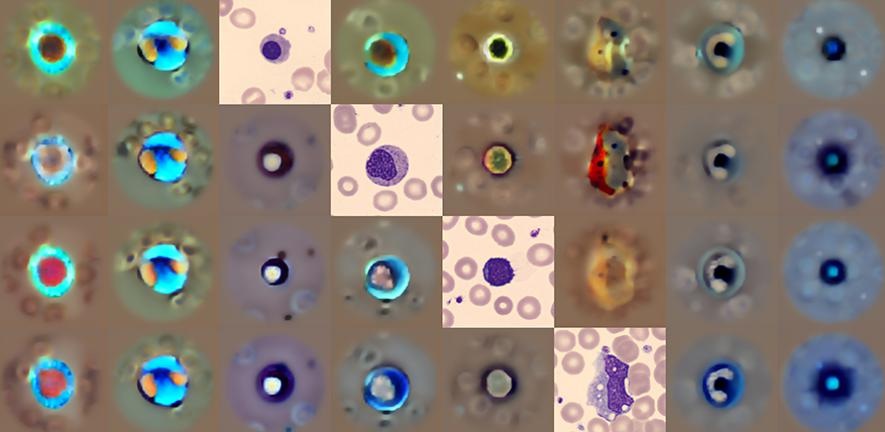New Automated Diagnostic Techniques to Improve Diagnosis of Inflammatory Diseases
Posted on 25 Jun 2024
Necroptosis, a type of cell death, is a natural mechanism through which the body eliminates unwanted or dangerous cells. This process can malfunction in some individuals, leading to diseases characterized by inflammation, commonly impacting the gut, skin, and lungs. Until now, identifying cells undergoing necroptosis in practical settings was challenging. Now, advancements in fully automated diagnostic technology, including liquid handling robots, promise significant improvements for millions of people across the world suffering from inflammatory diseases.
Researchers at the Walter and Eliza Hall Institute of Medical Research (WEHI, Victoria, Australia) have made breakthroughs in detecting necroptosis, which plays a crucial role in various inflammatory conditions such as psoriasis, arthritis, and inflammatory bowel disease. They describe their findings as an "atlas of necroptosis," mapping out cells in the body prone to necroptosis. The research involved refining over 300 different experimental setups to develop a robust set of robotic methods that accurately identify necroptosis in patients with ulcerative colitis or Crohn’s disease. These insights are vital for understanding how necroptosis contributes to different inflammatory disorders and indicate that the condition is triggered by factors like inflammation, bacterial shifts, or immune disturbances.

These discoveries are vital for enhancing the diagnosis of necroptosis, potentially leading to improved and personalized treatments for numerous inflammatory ailments. A key aim of this research was to devise a replicable solution applicable in both lab and clinical environments. The methodologies established provide reproducible techniques that hospitals worldwide can adopt, offering new avenues for treating inflammatory diseases. This development of automated methods to detect necroptosis is just the start, as the researchers intend to apply their methods to study other gastrointestinal disorders such as celiac disease and various inflammatory conditions affecting the skin, lungs, and kidneys.
“We can now confidently visualize where and when necroptotic cell death can happen in the body,” said study co-leader and WEHI Inflammation division head, Professor James Murphy. "Most importantly, researchers and clinicians around the world will now be able to use these new methods, especially as liquid handling robots for immunostaining are common in hospitals and pathology departments worldwide. The next phase is to use these robotic methods to advance our understanding of which diseases could benefit from medicines that block necroptosis."
Related Links:
WEHI









 assay.jpg)




